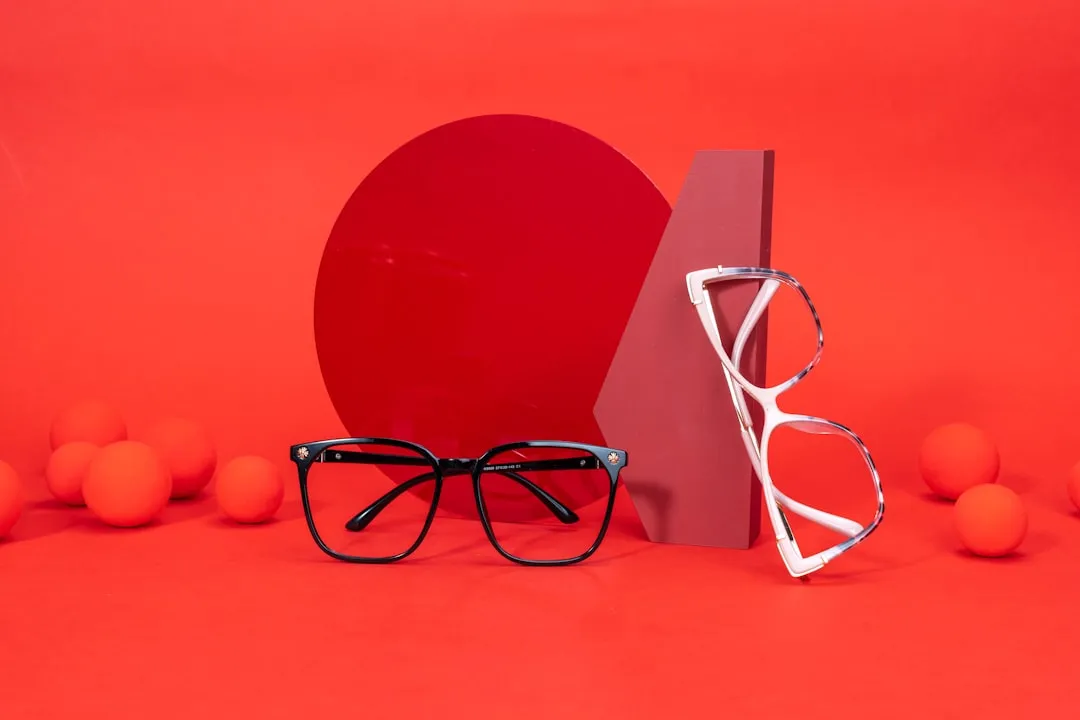The world of augmented reality has seen a myriad of different products, from sensor-laden smartphones to robust holographic headsets, but Google Glass's failures nearly killed the middle ground.
Based on our hands-on time with a prototype, LAFORGE Optical did what Google couldn't and made smart eyewear you'll actually want to use: Shima. Not only do they work better than Glass, they're fashionable.
The Problem with Wearables of the Past (& Present)
When Google made Glass, it failed to capture the market because the eyewear did very little that most people found compelling, utilized an awful low-resolution display, it creeped out most of the population who wasn't wearing it, didn't initially work with prescription eyewear, and it cost $1,500. Now the world of wearables has moved onto smartwatches that do the same sorts of things a little bit better, but on tiny screens that still serve as a direct distraction.

Google Glass (left) vs. LAFORGE Shima (right).
LAFORGE Optical decided to take a different approach when creating Shima: stylish and unobtrusive eyewear that actually considers how humans will interact with it—whether they're wearing it or not. Shima looks like a nice pair of eyeglasses on their own. To the onlooker they appear completely benign, but when you wear them you have access to a robust heads-up display (HUD) that provides you with notifications, music controls, fitness and driving data, and more.
A Smartwatch for Your Face
Smartwatches have some compelling features, but most manufacturers can't seem to figure out what purpose they serve and simply add every possible feature in hopes something will stick. Meanwhile, FitBit dominated the fitness tracking market by creating a simplified, focused product. Shima works because it doesn't try to be everything, but rather an intelligent HUD for your face that aims to prevent distractions rather than create them.
In the video above, you'll see the evolution of Shima and how LAFORGE's approach focuses on creating a product that's not just cool tech but actually factors humans into the equation. Not only do the glasses look like regular eyewear, so you don't creep out other people on the street with a cyborg-style headset, but they're custom-made for your needs.

The top four frames are available in the beta run, with more coming in 2017.
If you have a prescription, LAFORGE will craft a version of Shima for you with corrective lenses made for your eyes. Either way, you'll also get a frame crafted for the size of your face so it fits comfortably and so that the display sits at the perfect distance from your eyes. Regardless of what you need, the cost remains the same. You don't pay a penalty for eye problems. In fact, you pay almost one-third of the cost of Google Glass. You can preorder Shima for $590.
While that's no drop in the bucket for many of us, it's considerably less expensive than any augmented reality headset or eyewear. It really only feels more expensive when you compare it to a smartwatch, the device it easily replaces.
Smartwatches distract you because you have to look at your wrist. It saves more time than glancing at your phone, in some cases, but otherwise solves very few problems. Shima gets much of its data over Bluetooth from your smartphone like most smartwatches do, but that information makes much more sense in front of your face than on your wrist.

Shima's heads-up display with walking directions.
Furthermore, most smartwatches turn their screens off or at least freeze the image to save battery life. While Shima uses the same power conservation strategy, it actually makes sense for a screen floating in front of your face. Unlike a watch, you don't want a persistent image. Shima activates when its needed and keeps its display off when it doesn't. That gives the eyewear approximately 18 hours of battery life—more than you'd need in a day—and it only takes 30 minutes to charge over USB Type-C.
LAFORGE's approach works because it's tailored to fit your face and work with your eyes, it aims to prevent unnecessary distraction, and focuses on what's useful instead of throwing features at a wall in hopes something will stick. You rarely see a device that bothers to consider how humans might use it. Wearable technology generally represents feats of engineering that make it seems cool and impressive, but when it comes down to using it we often struggle to find many benefits.
Shima simply doesn't suffer from the wrong approach that nearly every other manufacturer has taken. While we likely won't see how a more finalized version of the product works until late 2016, LAFORGE's approach hits all the right marks.
What You Can Do with Shima
Shima offers a focused feature set in hopes of giving you information you'll actually want and nothing beyond that. It can provide you with navigation when walking and driving as well as track your exercise. You don't have to tell Shima what you're doing. The eyewear detects the rate at which you're moving and activates the appropriate software accordingly. For example, if you move faster than 17 miles per hour you'll automatically enter driving mode.

Shima's different modes of operation that automatically activate depending on the speed you're moving (or not).
You can also view smartphone notifications of your choosing. When they pop up on your phone, Shima will display them as well utilizing its Bluetooth LE connection. You can also use Bluetooth to control music or even send the audio to your eyeglasses directly. A headphone port sits in the back of the frame so you can quickly plug in a standard pair of earbuds.
Shima's Beta Bold version also includes a camera for quickly snapping photos and recording videos up to 30 seconds in length. Of course, if you don't want a camera in your eyewear, you can request a pair without.
Most of Shima's features are managed by subtle gestures on the frame, allowing you to swap widgets, scroll the screen, adjust volume, and more. LAFORGE also hopes to integrate voice control features through Siri and Google Now in later versions of the software.
While LAFORGE's Shima won't let you fight robots invading your walls or aide in surgical procedures, it offers a more practical approach to augmented reality that more of us can afford. It sheds features and power to exist as a product that can actually make your life easier throughout the day. While it may not blow minds at the level of the HoloLens or Meta 2, it's the only wearable technology I've seen that actually feels like it belongs on a human being.
- Follow NextReality on Facebook, Twitter, and YouTube
- Follow WonderHowTo on Facebook, Twitter, and Google+
Cover image and video by Adam Dachis/NextReality

























Comments
Be the first, drop a comment!